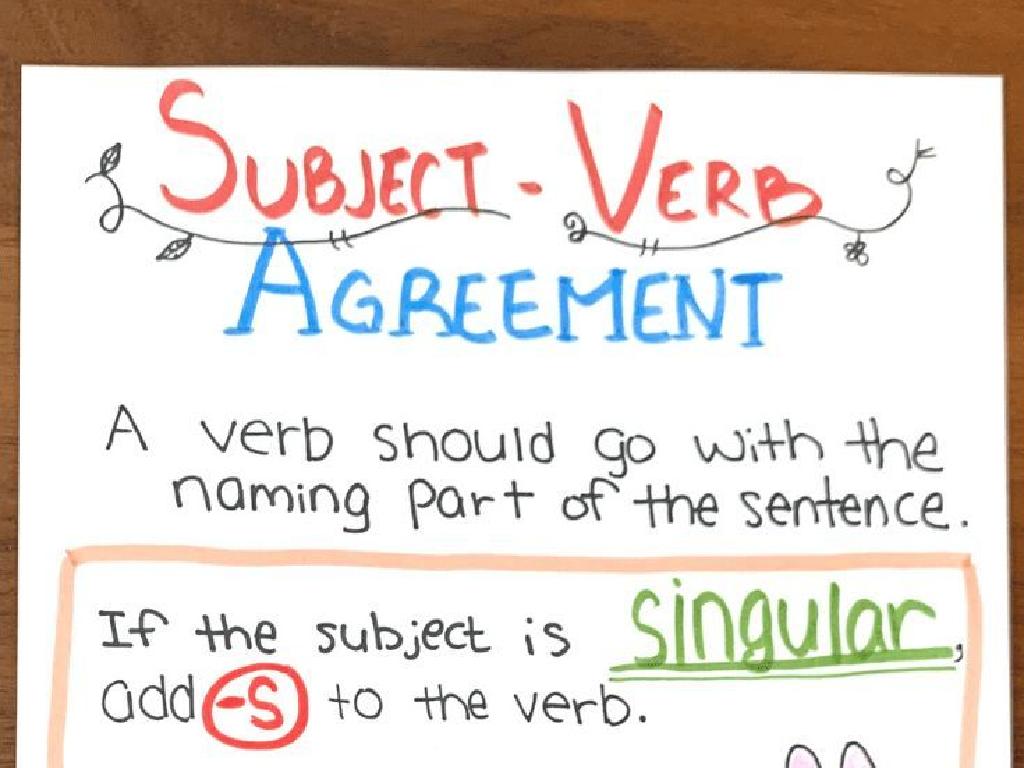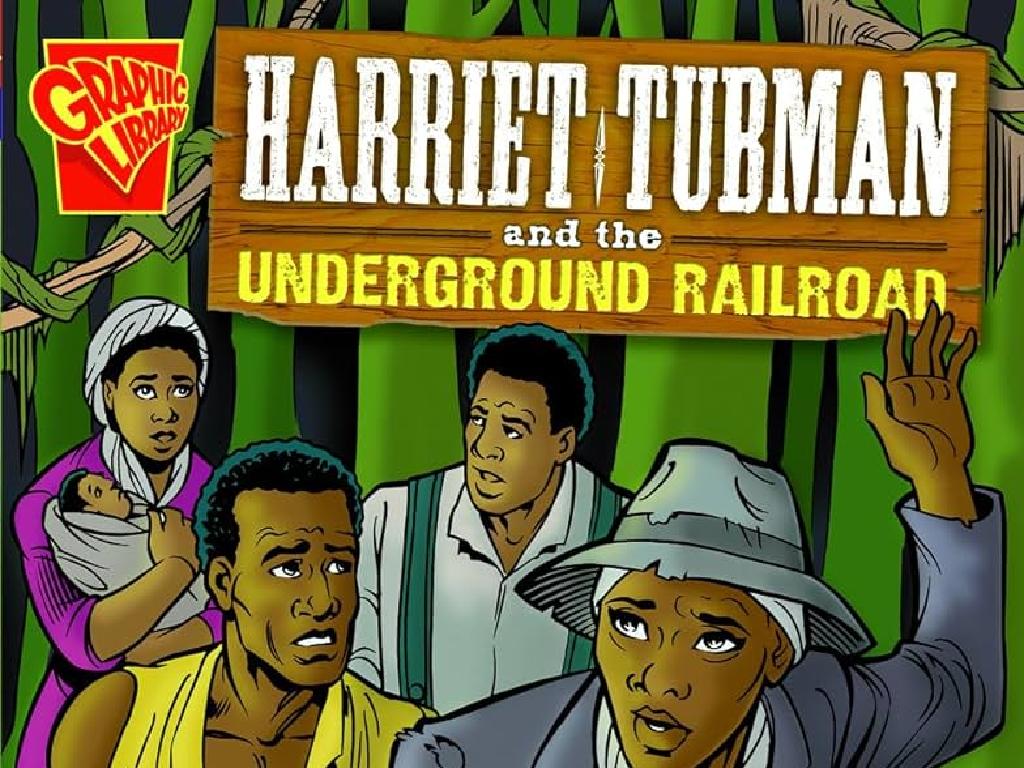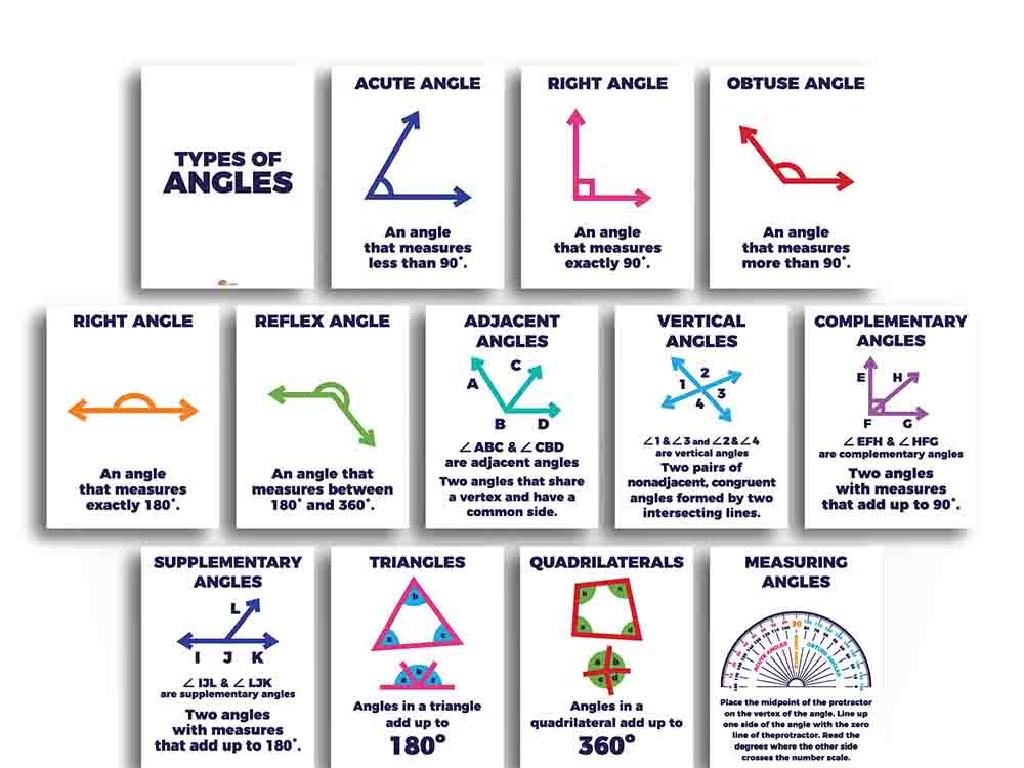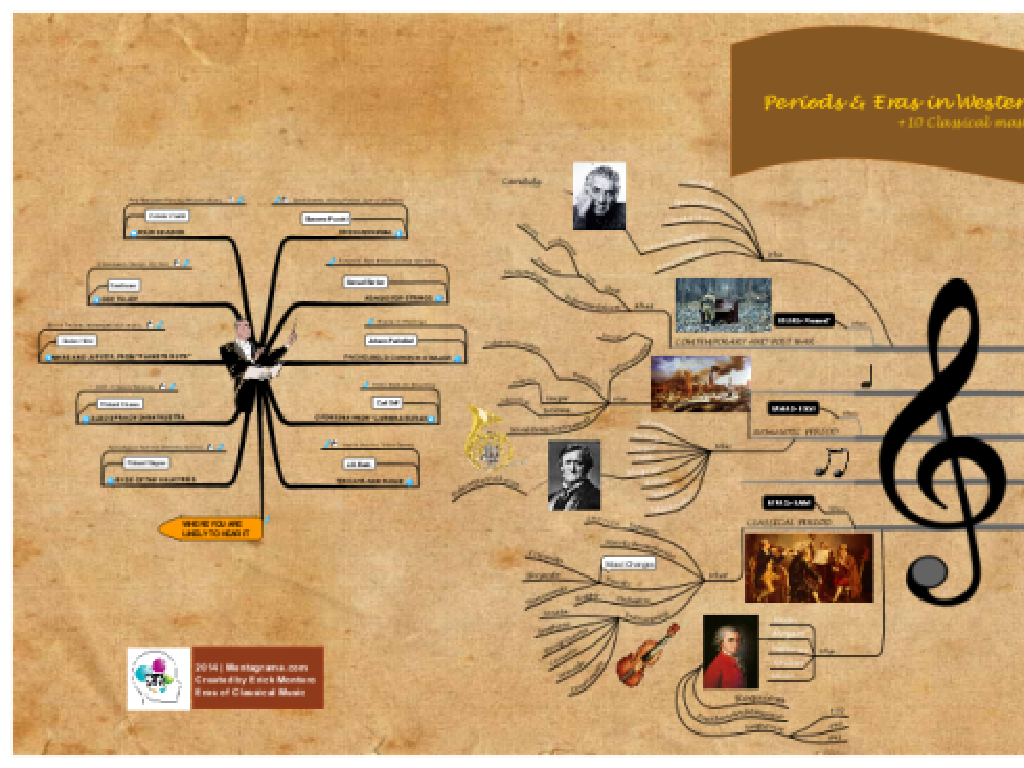Add Two-Digit Numbers With Regrouping - Sums To 100
Subject: Math
Grade: First grade
Topic: Addition: Two Digits
Please LOG IN to download the presentation. Access is available to registered users only.
View More Content
Welcome to Addition: Adding Big Numbers!
– Learning to add big numbers
– Introduction to ‘regrouping’
– When we add and get more than 10, we ‘regroup’ to make a new ten.
– Adding numbers up to 100
– We’ll use regrouping to add numbers like 27 + 35.
– Practice makes perfect
– We’ll do fun activities to become great at adding!
|
This slide introduces first graders to the concept of adding two-digit numbers with a focus on regrouping. Regrouping is a method used when the sum of two digits in the same place value is 10 or more, and we need to carry over to the next place value. Start by explaining that big numbers are just like small numbers, but they have more parts. Use visual aids like blocks or drawings to show how 10 ones can be regrouped into 1 ten. Practice with simple examples and gradually increase complexity. Ensure to provide plenty of hands-on activities and games to reinforce the concept. By the end of the lesson, students should feel comfortable adding two-digit numbers and understand the process of regrouping.
Understanding Place Value
– Reviewing Ones and Tens
– Ones and Tens are the building blocks of numbers.
– Ones are single units
– Examples: 1 balloon, 2 cookies, 3 pencils…
– Tens are groups of ten
– Examples: 10 fingers, 20 toes, 30 crayons…
– Importance in addition
– Knowing place value helps us add big numbers!
|
This slide is aimed at reinforcing the concept of place value, which is crucial for understanding how to add two-digit numbers, especially when regrouping is required. Start by reviewing the ones and tens place, using tangible examples like balloons or cookies for ones, and groups of ten for tens. Emphasize that each digit in a two-digit number has a place and value, with the rightmost digit representing ones and the next digit to the left representing tens. Use visual aids like blocks or drawings to illustrate groups of ten and single units. This foundational knowledge will support the students as they learn to add larger numbers and understand when and how to regroup or ‘carry over’ to the next place value.
Adding Two-Digit Numbers Without Regrouping
– Start with simple addition
– Example: 23 + 34
– Add the ones place: 3 + 4 = 7
– Line up numbers by place value
– Ensure the digits are in the correct columns
– Add ones to ones and tens to tens
– Add the tens place: 20 + 30 = 50
|
This slide introduces students to the concept of adding two-digit numbers without the need for regrouping. Start by explaining that when we add, we combine numbers to find out how many we have in total. Use the example 23 + 34 to show students how to add the ones place digits (3 + 4) and the tens place digits (20 + 30) separately. Emphasize the importance of lining up the numbers by their place values to avoid confusion. This will set a strong foundation for when they move on to more complex addition with regrouping. Have students practice with similar problems and check their understanding by asking them to explain the process in their own words.
Understanding Regrouping in Addition
– When ones exceed 9, we regroup
– Like when we add 8 + 5, we get 13 ones, which is more than 9
– Regrouping makes addition easier
– Turn ten ones into one ten
– So we make a new ten and write down 3 in the ones place
– Practice with examples
– Example: 27 + 18. Regroup 5 ones as 1 ten for a sum of 45
|
This slide introduces the concept of regrouping in addition when the sum of the ones place exceeds 9. It’s crucial to explain that regrouping helps us manage larger numbers by creating tens. Use concrete examples like adding single-digit numbers that sum to more than 9 to illustrate when regrouping is necessary. Then, show how to convert these into tens and ones. Provide practice problems where students can apply regrouping, such as adding two-digit numbers that require regrouping in the ones place. Encourage students to use physical objects like blocks or drawings to visualize the regrouping process.
Adding with Regrouping: Let’s Practice!
– Start with adding ones
– Example: 8 ones + 7 ones from 38 + 47
– Regroup if sum is 10 or more
– 15 ones is more than 10, so we regroup
– Write the ones, carry the tens
– Keep the 5 ones, write ‘1’ above tens place
– Add the tens and the carried ten
– Add 3 tens, 4 tens, and carried ‘1’ ten
|
This slide introduces students to the concept of regrouping when adding two-digit numbers. Begin by adding the ones place digits. If the sum is 10 or more, regroup by creating a ten and keeping the remaining ones. Emphasize the importance of writing the single ones digit down and carrying the ten over to the tens place. Then, add the tens place digits along with any regrouped tens. Use the example of 38 + 47 to illustrate the process step by step. Encourage students to practice with different numbers and to always remember to regroup when necessary. This foundational skill will help them with more complex addition in the future.
Adding with Regrouping: Tens Place
– Add the tens together
– If we have 3 tens and 4 tens, we count them up.
– Remember the extra ten
– Sometimes when we add, we make a new ten.
– Combine tens for total
– 3 tens plus 4 tens plus 1 more ten equals 8 tens.
– Final answer example
– Like 30 + 40 + 10 from regrouping makes 80, so 85 is our answer!
|
This slide focuses on teaching first graders how to add the tens place when adding two-digit numbers with regrouping. Start by explaining that each ‘ten’ is a group of ten ones. Show them visually, if possible, how 3 tens (30) and 4 tens (40) are added together. Emphasize the concept of regrouping, where adding two numbers can sometimes create an extra ten. Use simple language and concrete examples, such as counting objects grouped by tens. The final example solidifies the concept by showing a complete addition problem with regrouping, resulting in the answer 85. Encourage students to practice with different numbers and to always check if they have extra tens to add.
Let’s Practice Together: Adding with Regrouping
– Add 26 + 39 step by step
– Line up the numbers by place value
– Make sure 6 and 9 are under each other
– Start adding with the ones place
– 6 ones plus 9 ones equals 15 ones
– Regroup if ones are more than 9
– 15 ones become 1 ten and 5 ones
|
This slide is designed for a hands-on class activity where students practice adding two-digit numbers with regrouping. Start by demonstrating how to properly align the numbers by place value, ensuring that the ones are under ones and tens are under tens. Then, guide the students through adding the ones place first. If the sum is 10 or more, teach them how to regroup by carrying over to the tens place. For example, when adding 26 + 39, the ones place adds up to 15. We write down the 5 in the ones place and carry over the 1 to the tens place. Next, add the tens place: 2 tens plus 3 tens plus the carried over 1 ten equals 6 tens, making the total sum 65. Provide several examples and encourage students to try on their own or in pairs. The teacher’s notes should include different strategies for explaining regrouping and additional examples to cater to various learning paces.
Activity Time: Adding with Friends
– Pair up and solve addition problems
– Use counters or drawings for help
– Counters like beans or buttons can help visualize the numbers
– Regroup when numbers add up over 10
– If you have 12, that’s 1 ten and 2 ones. Put the 1 ten in the next column!
– Share your solutions with the class
|
This activity is designed to encourage collaborative learning and hands-on practice with regrouping in addition. Students should be paired up to foster teamwork. Provide them with physical counters (like beans or buttons) or encourage them to draw to visualize the regrouping process. For example, when two numbers in the ones place add up to more than 10, they need to ‘carry over’ the extra to the tens place. After solving the problems, each pair will share their answers with the class, allowing them to learn from each other’s methods. Prepare a few sets of problems with varying difficulty and ensure that each pair has a different set to promote a wide range of examples during the sharing session.
Adding with Regrouping: Wrap-Up
– Congratulations on learning regrouping!
– Practice at home to become a pro
– Try adding numbers like 27 + 35 or 46 + 19
– Next lesson: Subtraction with regrouping
– We’ll use similar steps as addition but in reverse
– Keep up the great work!
|
This slide is meant to congratulate the students on their hard work learning to add two-digit numbers with regrouping. Emphasize the importance of practice to reinforce their skills. Provide examples for home practice and give a brief preview of the upcoming lesson on subtraction with regrouping to pique their interest. Encourage them to continue practicing and praise their efforts to build confidence. For the next class, prepare materials that will help them transition from addition to subtraction, ensuring they understand the concept of ‘borrowing’ as they did with ‘carrying’ in addition.






